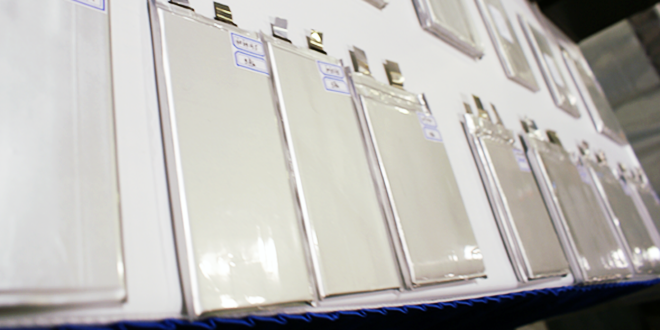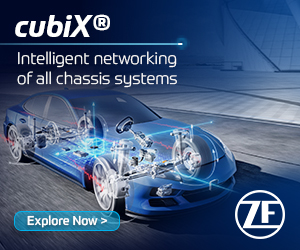A new study has found that fast charging and discharging of lithium-ion batteries may not be as damaging as most researchers believe. The results of the study, Current-induced Transition from Particle-by-particle to Concurrent Intercalation in Phase-separating Battery Electrodes, published in Nature Materials, challenge the conventional wisdom that fast charging necessarily shortens battery life.
The authors also suggest that improvements to electrodes or charging methods could promote more uniform charging and discharging and extend battery life.
“The fine detail of what happens in an electrode during charging and discharging is just one of many factors that determine battery life, but it’s one that, until this study, was not adequately understood,” said senior author William Chueh. “We have found a new way to think about battery degradation.”
An important source of battery wear is the swelling and shrinking of electrodes as they absorb and release ions from the electrolyte. If most or all of the nanoparticles in a material actively participate in charging and discharging, they’ll absorb and release ions more gently and uniformly. However, if only a small percentage of particles take in the ions, they’re more likely to crack, degrading the battery’s performance.
SEE ALSO: New imaging technique gives researchers an unprecedented look at the inner workings of batteries
Previous studies produced conflicting views of how the nanoparticles in the cathode material behaved. For the current study, researchers charged small coin cell batteries with different levels of current for various periods of time, then cut the electrode into thin slices and took them to Berkeley Lab for examination with intense X-rays from the Advanced Light Source synchrotron.
“We were able to look at thousands of electrode nanoparticles at a time and get snapshots of them at different stages during charging and discharging,” said lead author Yiyang Li. “This study is the first to do that comprehensively, under many charging and discharging conditions.”
The researchers discovered that only a small percentage of nanoparticles absorbed and released ions during charging, even when it was done rapidly. However, when the discharge rate increased above a certain threshold, more particles started to absorb ions, switching to a more uniform and less damaging mode. This suggests that scientists may be able to tweak the electrode material or the process to get faster rates of charging and discharging while maintaining long battery life.
Source: Nature Materials via Green Car Congress


















































